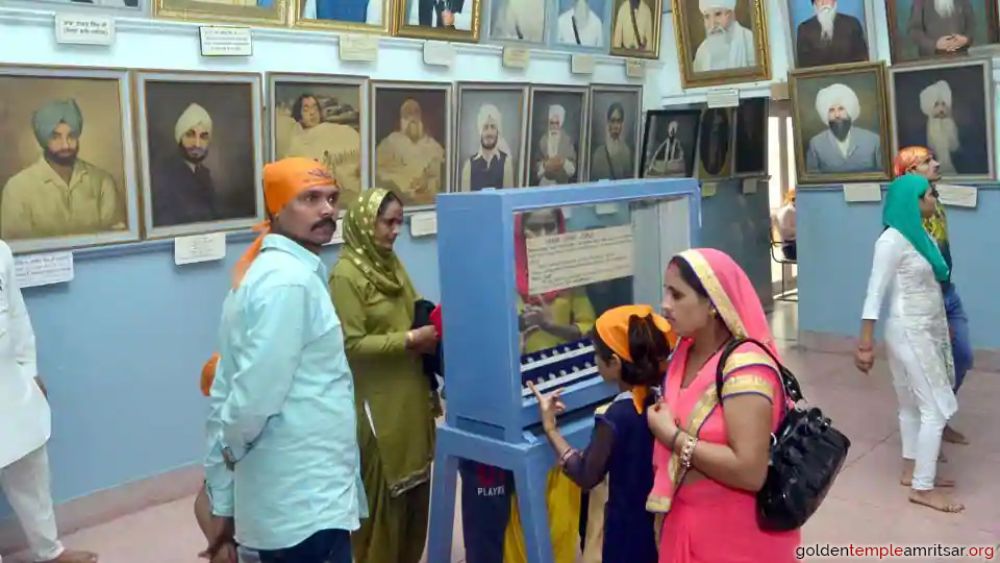

Situated at an elevation of 4,632 meters (15,200 feet) above sea level, Hemkund Sahib, also known as Gurudwara Sri Hemkunt Sahib Ji, is a revered Sikh pilgrimage site in the Chamoli district of Uttarakhand, India. Alongside the spiritual significance of Hemkund Sahib, which translates to "Lake of snow," the destination also houses a Sikh museum that adds to the rich tapestry of Sikh history and heritage represented there.
Hemkund Sahib has strong connections with the tenth Sikh Guru, Guru Gobind Singh Ji, who meditated near the pristine lake surrounded by seven mountain peaks, each adorned by a Nishan Sahib on its cliff. It is believed that his meditation here led to the establishment of Sikhism's warrior sect known as the Khalsa. The history of tourism here is deeply intertwined with Sikh pilgrimages, which began from the early 20th century after the place was discovered by Sikh soldiers who recognized it from the description given in the Guru Granth Sahib, the Sikh holy scripture.
The establishment of the Gurudwara, along with the routes to reach it, were developed over time by dedicated volunteers and organizations. Today, Hemkund Sahib is a significant pilgrimage site attracting thousands of visitors during its open season from May to October.
The Sikh Museum at Hemkund Sahib serves as a beacon of knowledge, housing many artifacts, manuscripts, and paintings that depict the history and traditions of Sikhism. It connects worshippers and visitors to not just the teachings of Guru Gobind Singh Ji, but also to the valiant history of Sikh warriors and the evolution of the religion.
Eco-friendly initiatives and sustainable tourism practices are gaining importance at high-altitude religious sites like Hemkund Sahib. The management committees are actively working on reducing the environmental impact of the pilgrimage to maintain the sanctity and pristine condition of this ecologically sensitive region.
Moreover, the focus has also shifted towards improving the infrastructure around the area to ensure safe and comfortable journeys for pilgrims. The increase in digital engagement through virtual tours and online information also reflects the changing dynamics in how religious tourism is adapting to the modern age.
Visitors must acknowledge the challenging terrain and variable weather conditions of this high-altitude site. It is recommended to be physically fit and acclimatized before undertaking the journey to Hemkund Sahib. Travelers should also respect the cultural and spiritual significance of the site and adhere to the guidelines laid by the Gurudwara Management Committee for a fulfilling experience at this sacred site.
The Sikh Museum at Hemkund Sahib, along with the Gurudwara, is accessible from May to October. This window aligns with the Indian summer and early autumn, providing the best conditions for travel and pilgrimage.